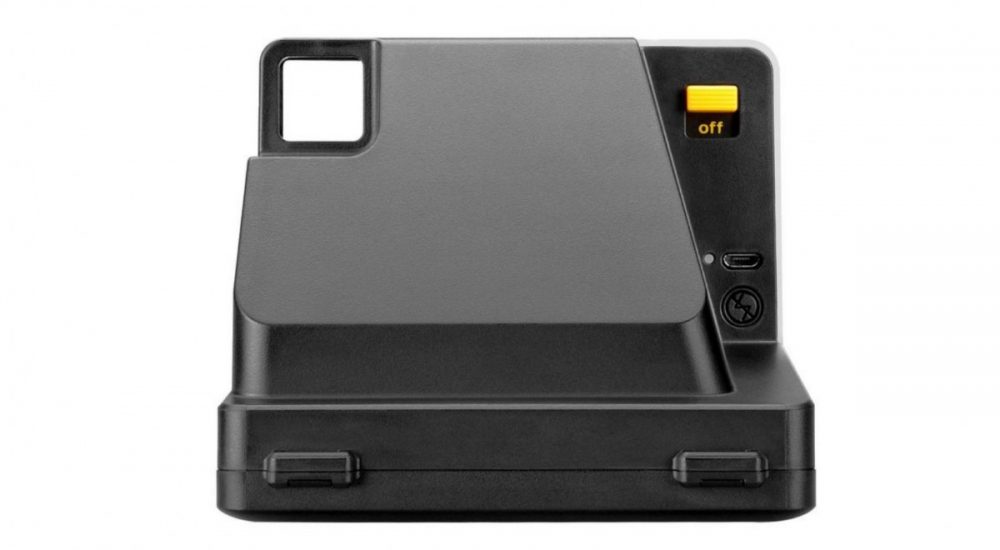When everything went digital, older physical formats looked like they might go the way of the dodo. However, it turns out that not everyone wants everything stored as 0s and 1s, and physical formats are fighting back.
We’ve seen book sales increase and vinyl is enjoying a huge resurgence. Now, it could be the turn of the Polaroid photo, if the OneStep 2 has anything to do with it.
Based on the original Polaroid camera, the OneStep 2 takes the same film cartridges and outputs the same style photos as the original model, launched back in 1977. The only real concession to the modern era is that there’s a Micro USB port in the back for charging the integrated battery.
Polaroid Originals OneStep 2 review: Made real

So, why now? The truth is that digital photos all too often end up buried in cloud storage or hidden away on a smartphone. Printing out a picture and sticking it on the wall isn’t something that a lot of people do anymore. With the OneStep 2 giving a real photograph in a matter of minutes, you get something that you can share, stick to the fridge or give away; this is sharing at its finest.
Demonstrating that the world has come full circle, we showed the camera to some children. Usually, they’re not impressed by photos appearing on a smartphone screen; they were amazed by a real picture appearing from the bowels of the OneStep 2, waiting for the image it contained to finish exposing.
To be honest, we felt the same pangs of excitement as the kids. There’s something about physical media that just feels nicer than the digital equivalent.
Polaroid Originals OneStep 2 review:(Don’t) shake it like a Polaroid

As with the original line-up, the OneStep 2 takes photo cartridges, each one containing eight 3.5×4.2in sheets of paper, containing a square 3.1×3.1in photo. There’s a range of stock available, depending on what you want.
While the OneStep 2 can take the 600 film stock, this is more expensive because of its integrated battery. These cost £18 per eight shots (colour or black and white), which works out at a hefty £2.25 each.
Opt for the new i-Type film, which doesn’t require an additional battery (instead using the camera’s integrated battery to eject the photos), and you can save a bit of cash. Packs of this cost £15, or £1.88 a shot, for both colour and black and white film.
Using the camera couldn’t be easier. You just look through the viewfinder to line up your shot, wait for the flash indicator light to turn solid and then tap the shutter button. Given the bulk of the camera, due to the size of the cartridge pack, it’s a little tricky to hold, but we soon got used to it.
Photos are ejected from the front of the camera, covered by the roll-out photo shield to prevent light hitting it. As the instructions warn, you shouldn’t shake the photo; instead, images should be shielded from light for the first few minutes while the photo develops.
Taking the perfect Polaroid photo requires a bit of practice. The fixed lens only focuses from 60cm, so you need to stand this distance or further away. It’s important to work out which flash setting you should use, too. There are three flash settings on the slider at the front, ranging from dim to strong; getting the right one to avoid blowing out the image takes a little practice.
Polaroid Originals OneStep 2 review: Verdict

Colours in the photos are a little muted compared to shots from a digital camera, giving them that classic Polaroid look. This gives the pictures a certain charm. In fact, this style of image is so popular that many smartphone camera apps have a filter to replicate the look. Provided you stood the right distance from your subject and got the flash right, the OneStep 2 takes clear, fun pictures that are easy to share.
There’s no denying that the prints are expensive. The FujiFilm Instax costs between 65p and 90p per print, depending on photo stock, although its photos are considerably smaller. For the larger print size, the retro look to the images and the fun you can have with it, the OneStep 2 is a great way to take pictures for sharing. And if the cost of each photo causes you to think a little more about the shots you take so you don’t waste film, what could be wrong with that?
Source: alphr.com




































